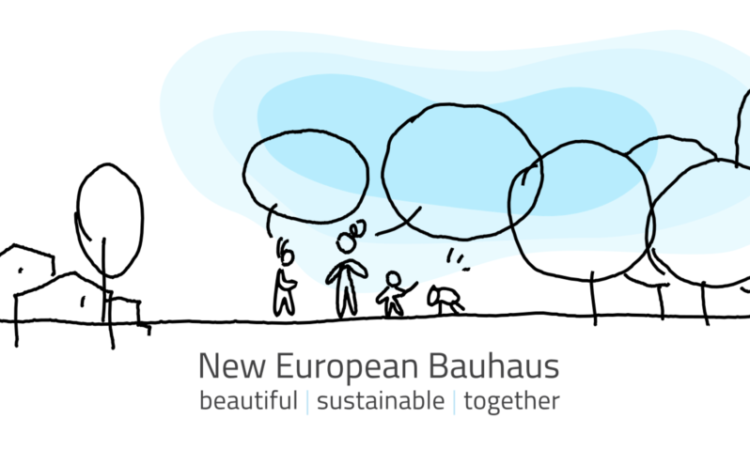
Brussels – Nearly four years after the launch of the New European Bauhaus, the architectural/cultural movement founded on sustainability, beauty, and inclusiveness is not losing momentum and is now moving into the funding phase. To do so, the European Commission today (July 29) published Guidelines for Investment in the New European Bauhaus to clarify how public and private investment can complement its values and transform the European built environment.
The EU executive and the advisory program Joint Assistance to Support Projects in European Regions (Jaspers) developed the guidelines (available here) to enable investors to access quality guarantees to put into practice the financial resources needed to transform buildings, open spaces, and neighborhoods in line with New European Bauhaus standards: aesthetic appeal, commitment to sustainability, inclusiveness, accessibility, and affordability. On the horizon is a range of challenges for Member States – for which public and private support is required – from climate neutrality, adaptation to climate change, accessibility and affordability of sustainable, high-quality housing, and renovation.
The EU Commission conceived the guidelines as a practical tool to support increased investment in New European Bauhaus projects through different EU programs and funding channels in the coming years. In particular, it will facilitate the inflow into urban and rural regions, including remote or marginalized areas, to provide new economic opportunities and foster balanced territorial development throughout the EU. The guidelines will show investors seeking sustainable and impactful projects that those of the New European Bauhaus can have qualitative benefits and be long-lasting while allowing mitigating costs through the same philosophy of the architectural and cultural movement.
English version by the Translation Service of Withub







